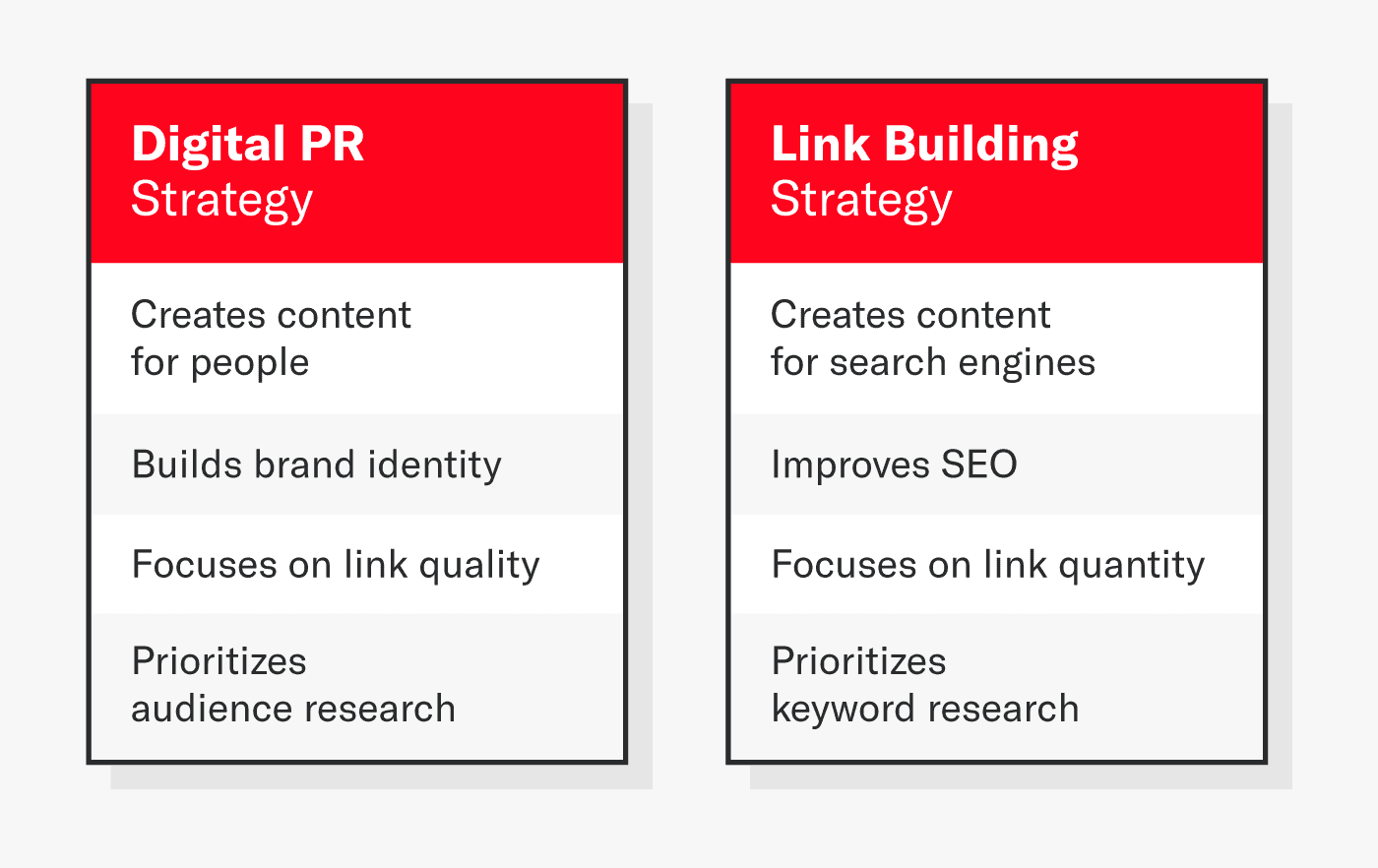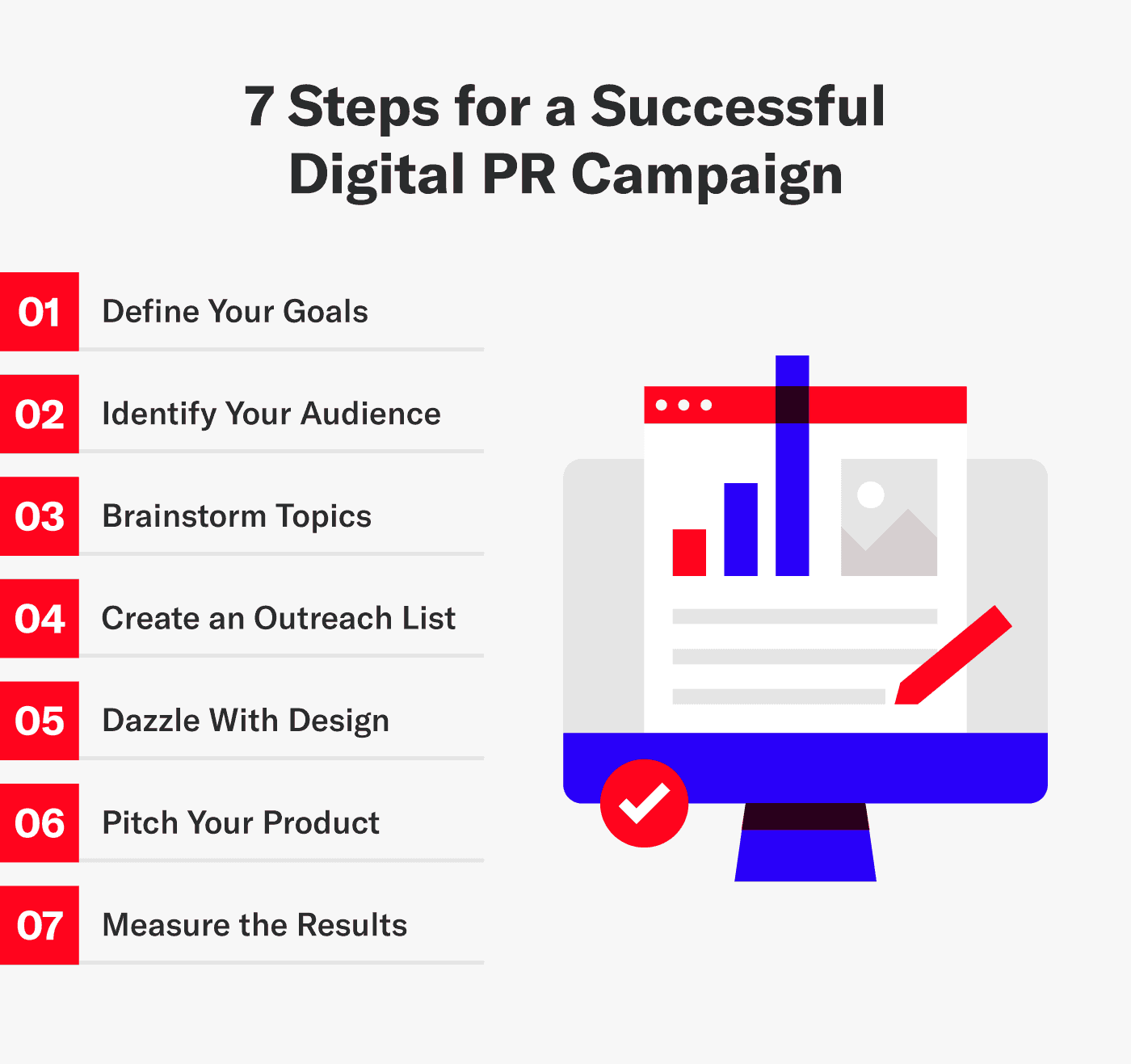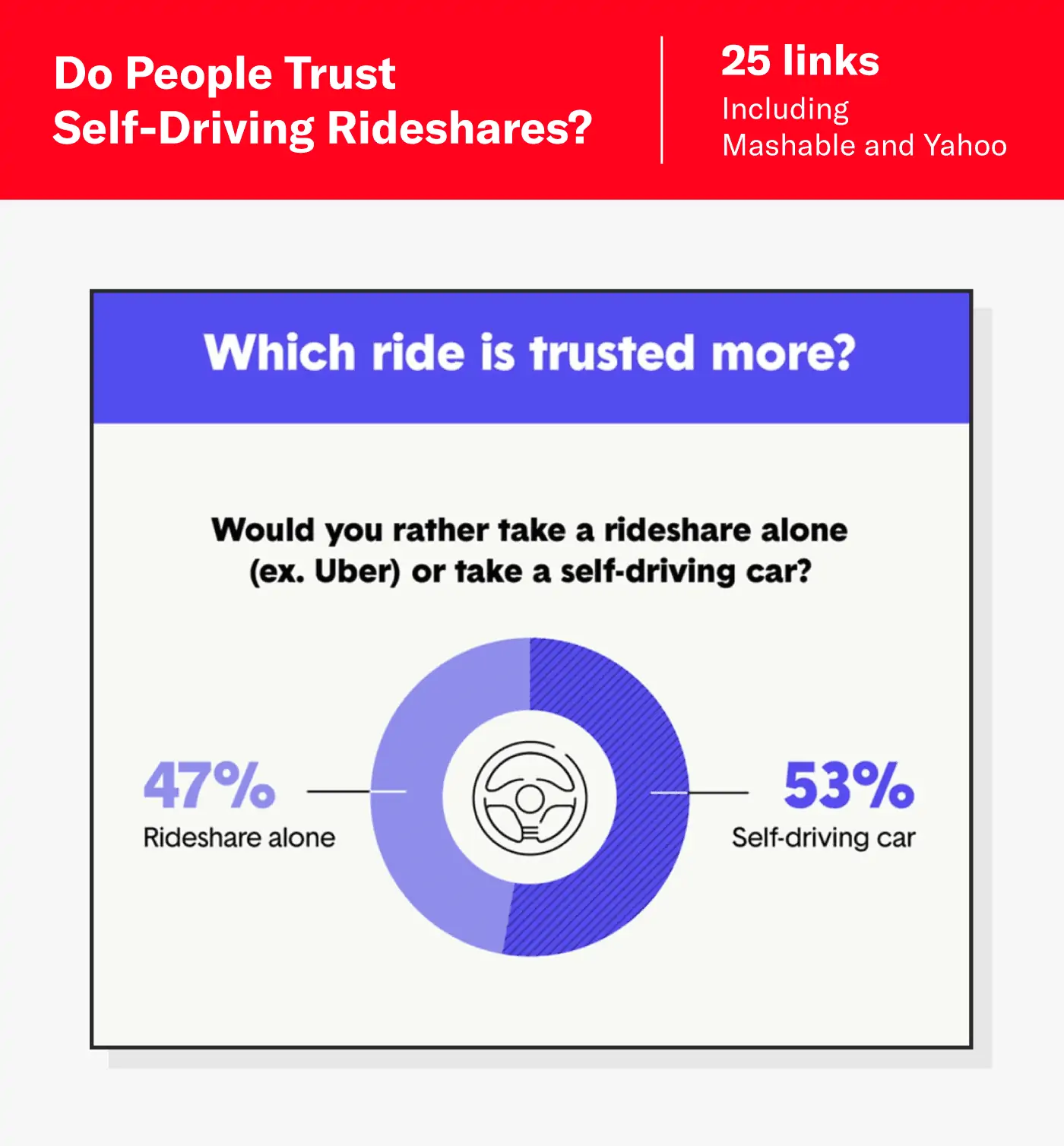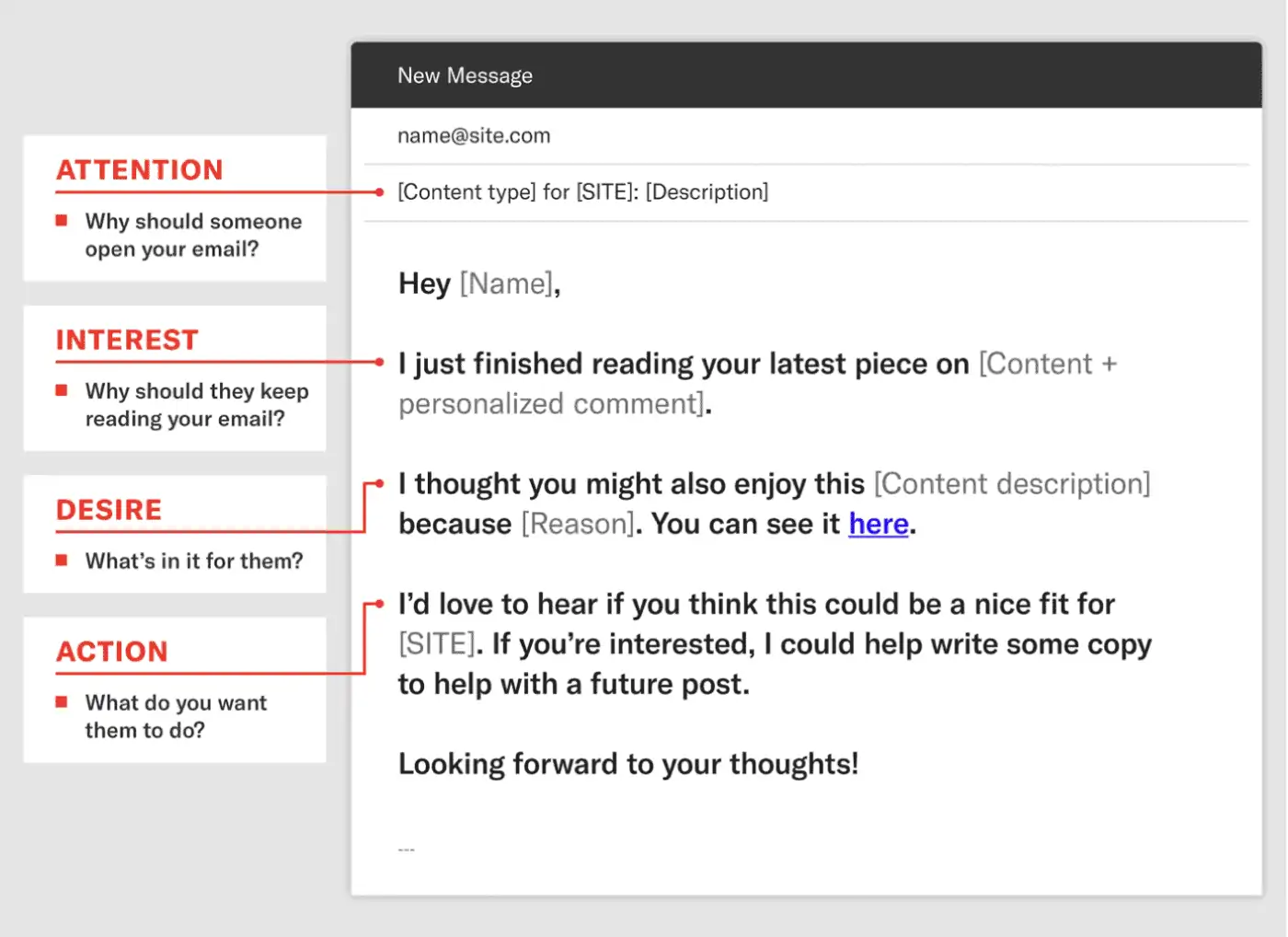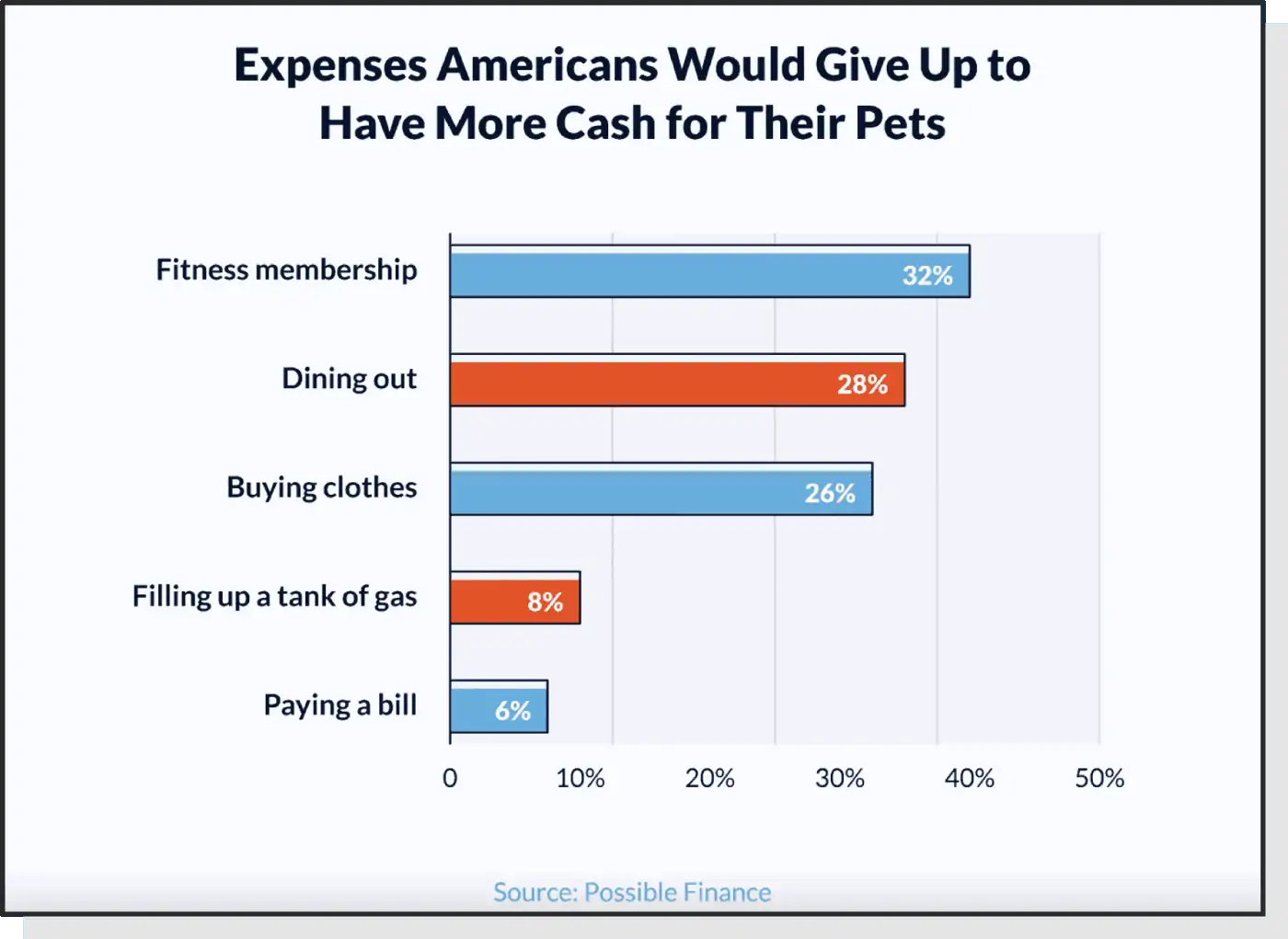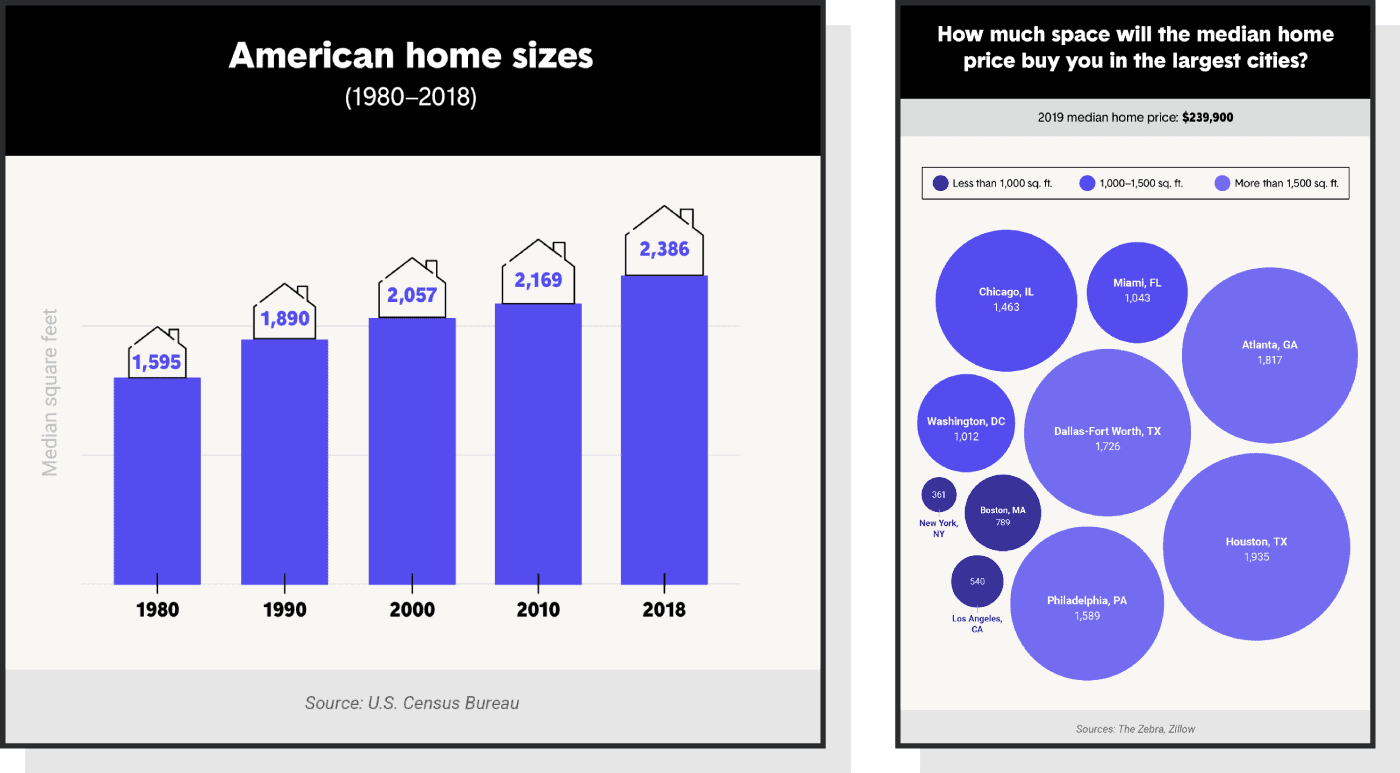According to Aristotle, the foundation of persuasive communication is credibility, reason, and emotion. A lot has changed since 322 BC, but this definition still holds up in PR.
In recent years, Google’s ranking algorithm has become more brand-centric and stricter in defining a quality link.
To rank in 2022, you need quality SEO content that reputable publications want to link to because it’s unique and fulfills a need. Attaching a high volume of links to low-quality content doesn’t get the job done anymore.
So how can you build your brand in a reputable way that appeals to both humans and search engines?
The answer: Digital PR.
Digital PR, like traditional PR, is a strategic way to control how the public perceives your brand.
With the majority of news and information being consumed online, it’s natural that PR has entered the search landscape, bringing with it some traditional PR techniques like relationship building and the cold email.
But what’s the role of digital PR in SEO?
The truth is that digital PR isn’t an SEO concept at all, but rather a brand reputation technique with major SEO upsides.
Digital PR agencies blend traditional PR with SEO by helping get content to high-DA publications, thus resulting in quality backlinks, more organic links, and less money spent on traditional link building.
Keep reading as we break down what digital PR is and isn’t, how you can create a campaign that drives major results, and some examples of successful digital PR in action.
What Is Digital PR?
Digital PR is a marketing technique to enhance a brand’s reputation and increase its visibility online. The practice is typically done by creating topical content and pitching it to journalists and bloggers in relevant media outlets.
Finding ways to speak directly to your target audience is key for building brand identity, but a difficult process to nail.
Through digital PR, brands work to create relationships with journalists and publications that speak directly to their consumers. This way, brands can build a following by funneling their content through popular and relevant news outlets.
If this sounds like traditional PR to you, that’s because it is. But since it exists online, it has search implications that can help you increase both brand and non-brand traffic.
You can build trust with Google the same way you would with the general public. If news outlets reference and link to your content, Google will begin to view your site as an authoritative voice in the industry and, as a result, rank you higher.
However, it’s here where the lines begin to get blurred between digital PR and link building.
Digital PR Is Not Link Building
The simplest way to differentiate the two is by looking at the content’s purpose.
Link builders have traditionally had one thing in mind: building a lot of links in order to impress Google.
Digital PR, on the other hand, is more concerned with promoting content that serves a human purpose and will therefore naturally accumulate backlinks.
Link building exists within the larger scope of digital PR, but is an organic part of the process, rather than the main function. In other words, digital PR prioritizes content that will link organically over time, instead of content that requires manual outreach to succeed.
We learned this from experience here at Siege. After sending over one million outreach emails, we realized that traditional link building done through manual outreach didn’t make sense for most of our clients.
The ROI from organic links, generated from high-quality content, was rapidly outpacing that of manual link building.
However, this isn’t to say link building is necessarily the wrong strategy; it just depends. While we’ve mostly shifted away from manual link building, we still recommend it in certain situations.
Startups, for example, require manual link building at first while the brand is relatively unheard of. Clients in industries with high-link value also see significant ROI from manual outreach.
Why Digital PR Matters
Digital PR is important because of the compounding effects it has. When done well, digital PR will help you establish brand identity, enhance your reputation, and then generate more leads and customers — all while improving your DA.
A successful digital PR campaign can result in making your brand a household name online, so the next time a journalist or blogger is looking to reference a study or post, they’ll say, “Hey, I know that brand. Their stuff is the best. I’ll link to them.”
Take Lexington Law, for example, a credit repair client that came to us with a solid content strategy but sat in a very competitive vertical.
Siege’s content marketing and digital PR services boosted multiple pieces of content to the top of SERPS and generated a number of organic links.
Our piece on Millenial Spending Habits, for example, ranks on page one of search results and has generated hundreds of unique links over time.
In competitive industries like this, digital PR keeps you in the game. Having a solid digital PR strategy gives you a competitive advantage over competitors and sets you up for long-term success.
Create a Successful Digital PR Strategy
Although Siege has been able to land content in Fast Company, Thrillist, Business Insider, and more, it didn’t come without some trial and error.
Creating an effective digital PR strategy requires some legwork up front. You’ll need to know exactly who you’re trying to reach — both in terms of news outlets and your ultimate audience — and the content marketing best practices necessary to rank highly.
1. Define Your Goals
Knowing what you want to accomplish is critical in, well, pretty much every strategy. However, with digital PR being a larger and more all-encompassing term, it’s important to be very intentional in your goal-setting.
If you don’t have a narrow focus, you’ll find yourself casting too wide of a net and likely coming up empty.
At Siege, we like using S.M.A.R.T. goals (Specific, Measurable, Achievable, Relevant, Time-bound). For example, if improving your SEO was the goal of your digital PR strategy, a S.M.A.R.T. goal may look like this:
“We want to improve our DA from 43 to 50 by the end of Q2.”
2. Identify Your Audience
Identifying your target audience early on is perhaps the most important part of this process, as it will be crucial for building your pitch list (more on this later).
Audience research is one of the biggest separators of digital PR and link building. Good audience research will give you insight into what your target audience is actually talking about, not what has the highest search volume. As a result, you’re likely to find low-difficulty terms that convert.
When jumping into audience research, ask yourself:
- What’s my audience interested in?
- How old are they?
- Where are they located?
- Where are they in their career
- What income bracket are they in?
Audience research tools like Sparktoro and Brandwatch can help you sort this information and expedite this step.
3. Brainstorm Topics
Content marketers have the difficult task of identifying a question within an industry and then creating a unique and engaging answer to it through content. At Siege, there are a few content marketing tips we’ve integrated into our brainstorming process to ensure we’re creating content that’s optimized for digital PR.
Our brainstorming process meshes a lot of different things: competitor analysis, SERP analysis, backlink analysis, and more. It’s extensive, but well worth the time.
Ahrefs, Google Analytics, SEM Rush, and Reddit are a few helpful tools we use for brainstorming topics.
We also enjoy the good ol’ fashioned method of putting our heads together and bouncing ideas off each other. Check out our podcast below on exactly that.
4. Create an Outreach List
From your audience research, you’ll have an idea of the type of publications and media outlets you’ll want to reach out to cover your piece.
Put these publications into a list and trim it down to only the most relevant, remembering that digital PR prioritizes the relevancy and focus of the publication over the number of publications reached out to.
Gather the email addresses of the specific reporters you’ll be contacting. When contacting large publications, dive into the stories they cover and make sure you’re finding the journalist who is most likely to be interested in your content.
5. Dazzle With Design
When thinking about design, make sure you’re not just adding images for the sake of having images. Ask yourself how you can use graphics and images to add value to the piece and enhance the point you’re trying to make.
At Siege, we take our design services as seriously (if not more) as the copy. We use infographics as a way to display data in a more digestible way, like in the example from The Zebra below.
Consider what function design can play in your post:
- Will it make data more accessible to the reader?
- Can it highlight the main points of a large section of copy?
Design is pivotal because it can flex your brand and surmise large blocks of the copy at the same time.
6. Pitch Your Product
Pitching is an art when it comes to digital PR.
Journalists receive tons of pitches every day, so standing out from the crowd requires a calculated approach. Make sure you’re keeping your email short and to the point, but you’re giving the journalist enough so they know what the content is about and why it matters.
At Siege, we like the AIDA method for pitches, which breaks down the email into four phases: Attention, Interest, Desire, and Action.
By using the AIDA method, the reader is naturally guided through the email until they arrive at the desired action. In practice, the method looks like this:
7. Measure the Results
So how exactly do you track “brand awareness”?
It’s hard to quantify if your brand is picking up steam, but there are a number of insightful metrics that gauge whether or not your content and brand are gaining popularity.
A few of these include:
- Earned links
- Organic visibility
- Brand searches
- Number of leads
While these are a few big ones to be aware of, the list is expansive and can include any SEO metrics you currently track.
As you see success in your digital PR campaign over time, you can expect corresponding SEO wins.
Successful Digital PR in Action
After a decade of existence, we’ve experimented with pretty much every type of content. While all types of content work in some capacity, some better lend themselves to digital PR campaigns and building a brand.
Here are a few:
Data-Driven Campaigns
Data-driven campaigns like surveys and existing data studies are a great and repeatable model for providing valuable information to publications. When coupled with a unique visualization style, data-driven content can be gold for journalists who work in a specific niche.
Take Possible Finance, for instance, an alternative personal loan solution striving for financial fairness for all.
This client had seen success through traditional PR but was looking to enhance its digital presence and build a strong library of backlinks.
In order to help, we ran a survey about giving up a personal expense to splurge on pets. The data, supported by stellar design, earned the post over 40 backlinks.
Another method we’ve seen success with at Siege is existing data campaigns. This is a nice blend of the creative and analytical, as we take data that’s available to the public and use it to craft a unique story.
This worked especially well for our friends at The Zebra when we created a study illustrating that Americans were living in bigger homes with fewer people. Using public data from the U.S Census Bureau and Zillow, we were able to easily pull data together and create a compelling story.
Creative Campaigns
Data or no data, unique visualization can set you apart from similar content and instantly contend you as a candidate for reference by major publications.
Animations, for instance, are a great medium for step-by-step content. In our example from Shari’s Berries, we’re able to show what seeding a pomegranate looks like alongside directions for how to do it. Design improvements like this separate our content from similar posts.
Content creation goes far beyond the words on the page.
There’s a science to figuring out the best ways to present information so it’s digestible and warrants an emotional response from a reader. In creating content at Siege, we think about not only what there’s a need for, but also the form in which the content will be best served.
Jump on the Digital PR Wave
Long story short, digital PR is here, and it’s not going away anytime soon. Given the way that Google’s algorithm is shifting, digital PR will likely be an integral part of a well-rounded SEO strategy for years to come.
So what does this mean for you?
Well, if you’re creating high-quality content that fills a need and is written for human beings, you’ve done the hard part.
Identifying your target audience and then developing relationships with journalists who speak to that audience will bolster your overall brand and boost your content to the top of SERPs.
Need help jumpstarting your digital PR efforts? Check out our digital PR services and get a free assessment.


